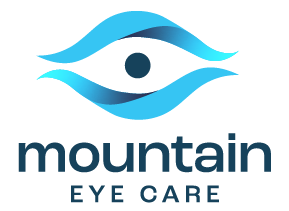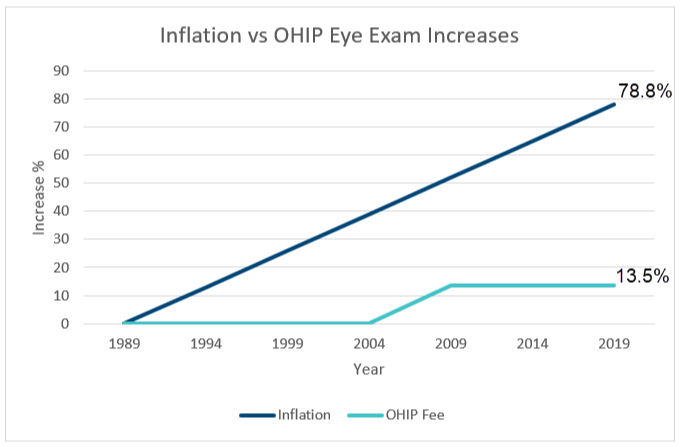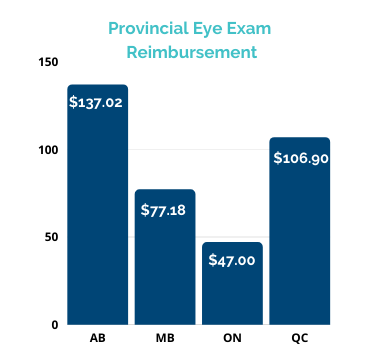In the Blink of an Eye: Navigating Dry Eye and Its Remedies
Have you ever experienced that scratchy, irritated feeling in your eyes, as if they’re begging for moisture? If so, you might be familiar with the discomfort of dry eye syndrome. It’s a common condition that affects millions of people worldwide, causing a range of symptoms from mild irritation to significant discomfort. In this blog post, we’ll dive into the intricacies of dry eye, explore its causes, and discuss effective ways to treat and manage this blink-related conundrum.
Understanding Dry Eye: More Than Meets the Eye
Dry eye syndrome occurs when your eyes lack sufficient lubrication, leading to discomfort, inflammation, and potential damage to the surface of the eyes. While it may seem paradoxical, the eyes can actually produce excessive tears in response to dryness, resulting in watery eyes as the body attempts to compensate for the lack of adequate moisture.
The root causes of dry eye are diverse, ranging from environmental factors to medical conditions. Prolonged screen time, exposure to dry or windy climates, aging, and certain medications are common culprits. Additionally, diseases such as rheumatoid arthritis and diabetes can contribute to the development of dry eye.
Symptoms: Recognizing the Signs
Dry eye symptoms can vary from person to person, but common indicators include:
Dryness: A persistent feeling of dryness, grittiness, or foreign body sensation in the eyes.
Redness: Irritation often leads to red and bloodshot eyes.
Watery Eyes: Paradoxically, dry eyes can trigger excessive tearing.
Blurred Vision: Insufficient tear film can affect the clarity of vision.
Light Sensitivity: Increased sensitivity to light, known as photophobia, may occur.
Treatment Approaches: Nurturing Your Eyes Back to Health
Fortunately, several effective strategies can help alleviate the discomfort associated with dry eye. Here’s a comprehensive guide to managing and treating this common ocular ailment:
Artificial Tears: Over-the-counter artificial tears provide quick relief by supplementing the natural tear film and moisturizing the eyes. These are available in various formulations, so it’s essential to choose the one that best suits your needs.
Prescription Medications: For more severe cases, prescription eye drops may be recommended. These medications may include anti-inflammatory agents or medications that stimulate tear production.
Lifestyle Adjustments: Simple lifestyle changes can make a significant difference. Stay hydrated, take breaks during prolonged screen use, and use a humidifier in dry environments to maintain adequate moisture levels.
Warm Compresses: Applying a warm compress to your closed eyes can help unclog oil-producing glands and improve the quality of your tears. This simple at-home remedy can be incorporated into your daily routine.
Blinking Exercises: Practice mindful blinking, especially during extended periods of screen time. The 20-20-20 rule is a helpful guideline: every 20 minutes, take a 20-second break, and focus on something 20 feet away.
Omega-3 Fatty Acids: Incorporating omega-3 fatty acids into your diet, either through supplements or foods like salmon and flaxseeds, can promote overall eye health and reduce inflammation.
Avoiding Irritants: Minimize exposure to factors that exacerbate dry eye, such as smoke, wind, and air conditioning. Wearing wraparound sunglasses can provide an additional barrier against environmental irritants.
Hygiene Practices: Maintain good eyelid hygiene by gently cleaning the eyelids with a warm, damp washcloth. This helps prevent blockages in the oil-producing glands and promotes a healthy tear film.
Professional Intervention: When to Seek Help
If your dry eye symptoms persist or worsen despite trying at-home remedies, it’s crucial to consult with an eye care professional. They can conduct a thorough examination to determine the underlying cause of your dry eye and recommend appropriate treatments tailored to your specific needs.
In some cases, advanced interventions such as punctal plugs (tiny devices inserted into tear ducts to block drainage) or intense pulsed light therapy may be considered. These options are typically reserved for individuals with chronic or severe dry eye symptoms.
Dry eye is a common and often manageable condition that requires attention and care. By understanding the underlying causes and adopting a holistic approach to eye health, you can effectively manage and even prevent the discomfort associated with dry eyes. Remember, your eyes are precious, and with the right strategies, you can keep them well-nourished, hydrated, and ready to take on the world—one blink at a time.



